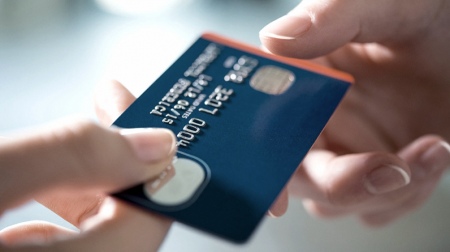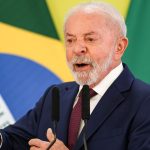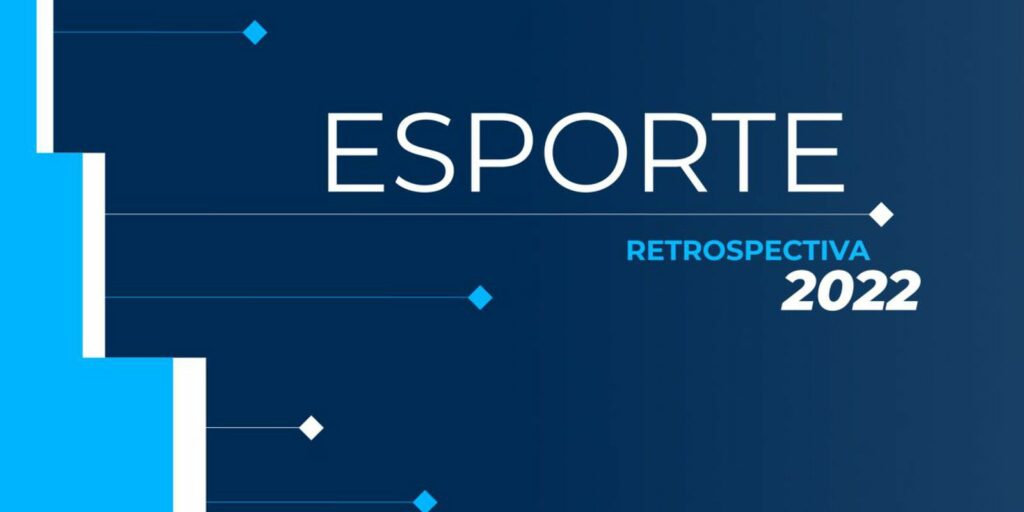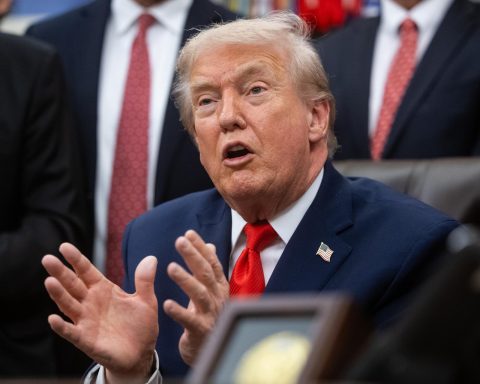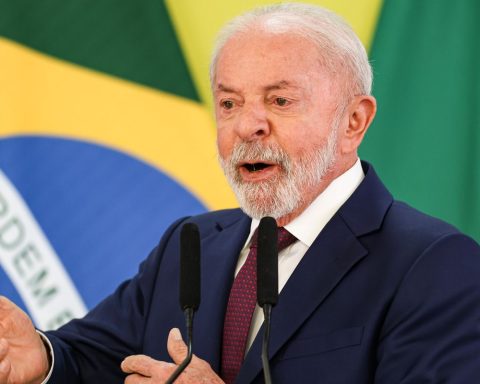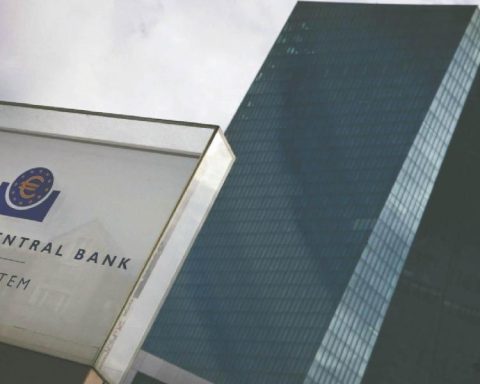According to the Center, The destination of the dollars was “basically for expenses made with cards for consumption with non-resident suppliers (with a net of US$ 279 million, showing a drop of 22% compared to the previous month) and for hoarding (with a net of US$ 110 million for ticket purchases)”.
“The observed reduction in card expenses occurred in the context of General Resolution 5270/2022 established by the AFIP, which established that as of October 12, all monthly card consumption with foreign providers that exceed the US$ 300 have to pay a surcharge of 25% extra on the official price of the dollar, on account of the Personal Assets tax,” the BCRA pointed out.
In that way, while the wholesale dollar used by importers of inputs for production closed at $177.16, the so-called “Qatar dollar” closed at $366.5.
In November, the “Non-Financial Private Sector” was a net buyer of foreign currency for US$793 million in the exchange market, where the main sector in terms of net sales was “Oilseeds and cereals”, which registered net income of US$ 1,365 million, 21% less than in the same month of 2021 due to the partial cancellation of the commercial debt that the sector had in September within the “Export Increase Program”.
The “Real Sector excluding Oilseeds and Cereals”, was a net purchaser for a total of US$ 1,783 million, “exhibiting a 36% year-on-year reduction in its purchases.”
“These were mainly used to make net payments for imports of goods and services and travel expenses and other card payments,” the Central detailed.
